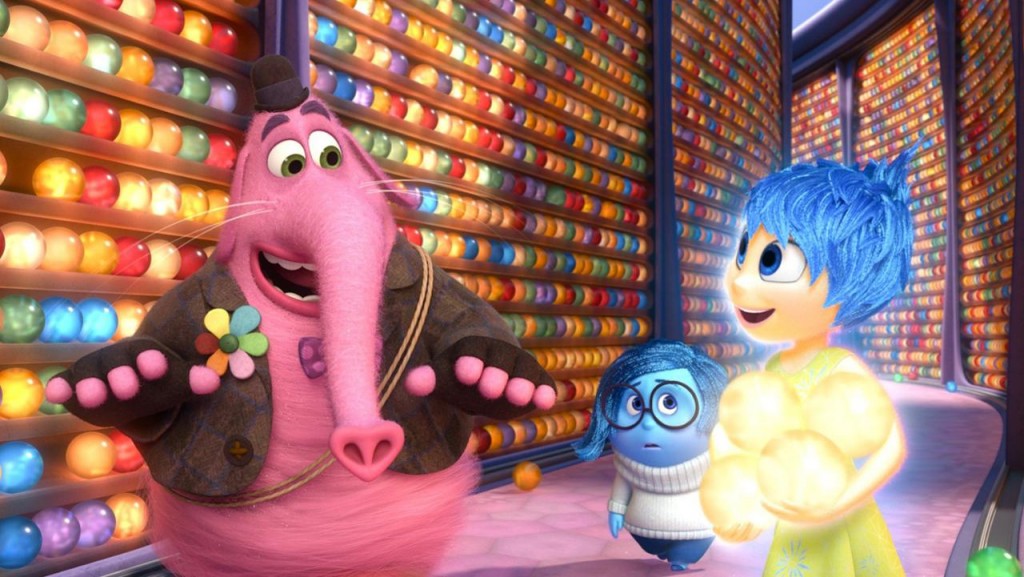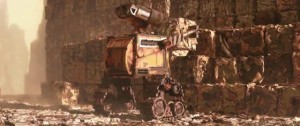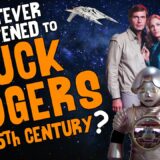
One Oscar-winning film this year was made with the aid of at least two distinguished academic psychologists. It was the one aimed at children.
Inside Out, which richly deserved its Academy Award for Best Animated Feature, is the latest proof that you will find more intelligence and imagination in one film from Pixar than in a dozen movies intended for adults.
For a while, Pixar could lay claim to being just about the only film studio never to have made a weak film. I think it spoiled that record with the slightly pointless Cars 2 and the pleasant but inconsequential Monsters University, yet it still has an astonishingly good average.
Does its output belong to the SF and fantasy genres? Consider some of its subjects. A 29th century future where mankind has abandoned Earth and turned the planet into a rubbish dump (WALL-E). A futuristic city full of monsters, which draws its power supply from human fear (Monsters, Inc.) An alternative reality where automobiles are sentient beings who have created a society remarkably similar to ours (Cars). Surely bold ideas like this belong to the best traditions of genre storytelling.

In common with many of the most successful works of SF, Pixar has also attracted an incredibly engaged fandom. There are a crop of devotees who have come up with theories to explain how all its stories could exist in the same reality.
Pixar is known, of course, for practically inventing the computer-animated film, having released the first such feature, Toy Story, in 1995. But the quality that distinguishes Pixar movies from many of their competitors, and which should serve as a lesson to imaginative writers, is its relentless focus on story.
Pixar, which has never yet adapted a literary property, spends years developing its stories. Pete Docter, who devised and co-directed Inside Out, spent four years working on the story with teams of writers. In the bonus features on several Pixar Blu-rays and DVDs, we watch stories being endlessly retold and redrawn in storyboards until they work. The studio is not afraid to throw away a lot of hard work if the story is not right.

A key part of this process is making the emotional ‘beats’ of a story convincing. Characters’ behaviour, and their changes of heart, have to be believable, no matter how fantastic the situation. In Toy Story, the journey of Buzz Lightyear and Woody from rivalry to loyal friendship is so perfectly judged that this relationship between two toy dolls becomes credible and human.
But just as important to the stories’ success is this: Unlike so many Hollywood films, Pixar movies are about something. There are ideas at work beneath the high-concept premises.
Toy Story deals in friendship and also celebrity. Cars is about the decline of small American towns. Up is about ageing, bereavement and the risk many of us run of endlessly deferring our dreams. The Incredibles (a film about semi-retired superheroes which bears some resemblance to Watchmen) asks how much we should bury our unique gifts in order to fit in. Ratatouille ends with a more intelligent discourse on the role of a critic than you would find in acres of newsprint.
At times, Pixar’s films approach the profound. When Buzz Lightyear discovers, in Toy Story, that he is not a real Space Ranger but just a toy, the moment is achingly sad because it echoes a realisation that surely comes to most of us at some point – the knowledge that destiny might not have picked us for greatness after all.
All the other strengths of Pixar films are linked to this focus on narrative. From the often breath-taking animation to the use of rich and melodic music, everything is deployed in service of story.
Those of us who like genre tales know that the boldest and most intelligent story-tellers often deal in SF and fantasy. In Hollywood today, many of them also work in animation.










